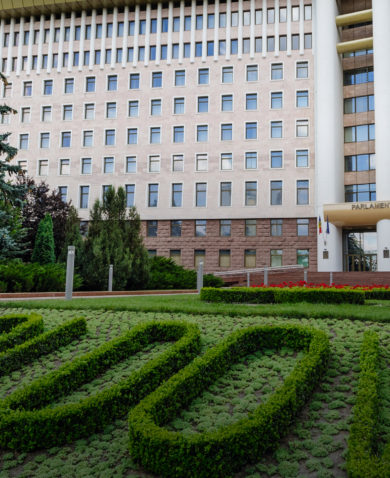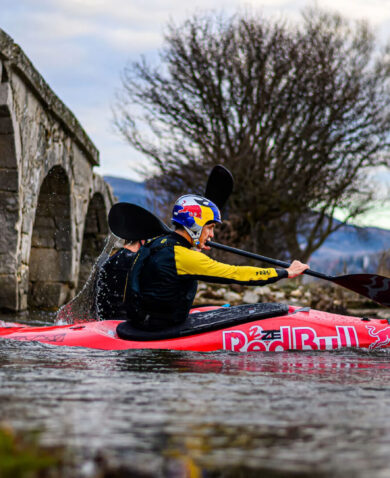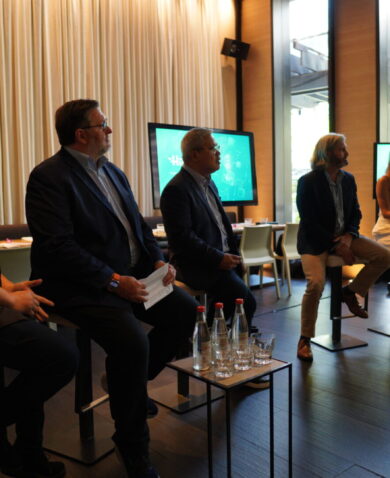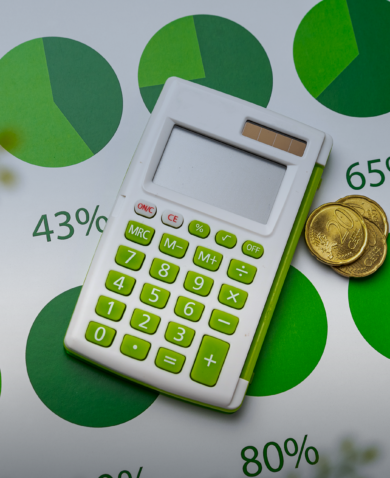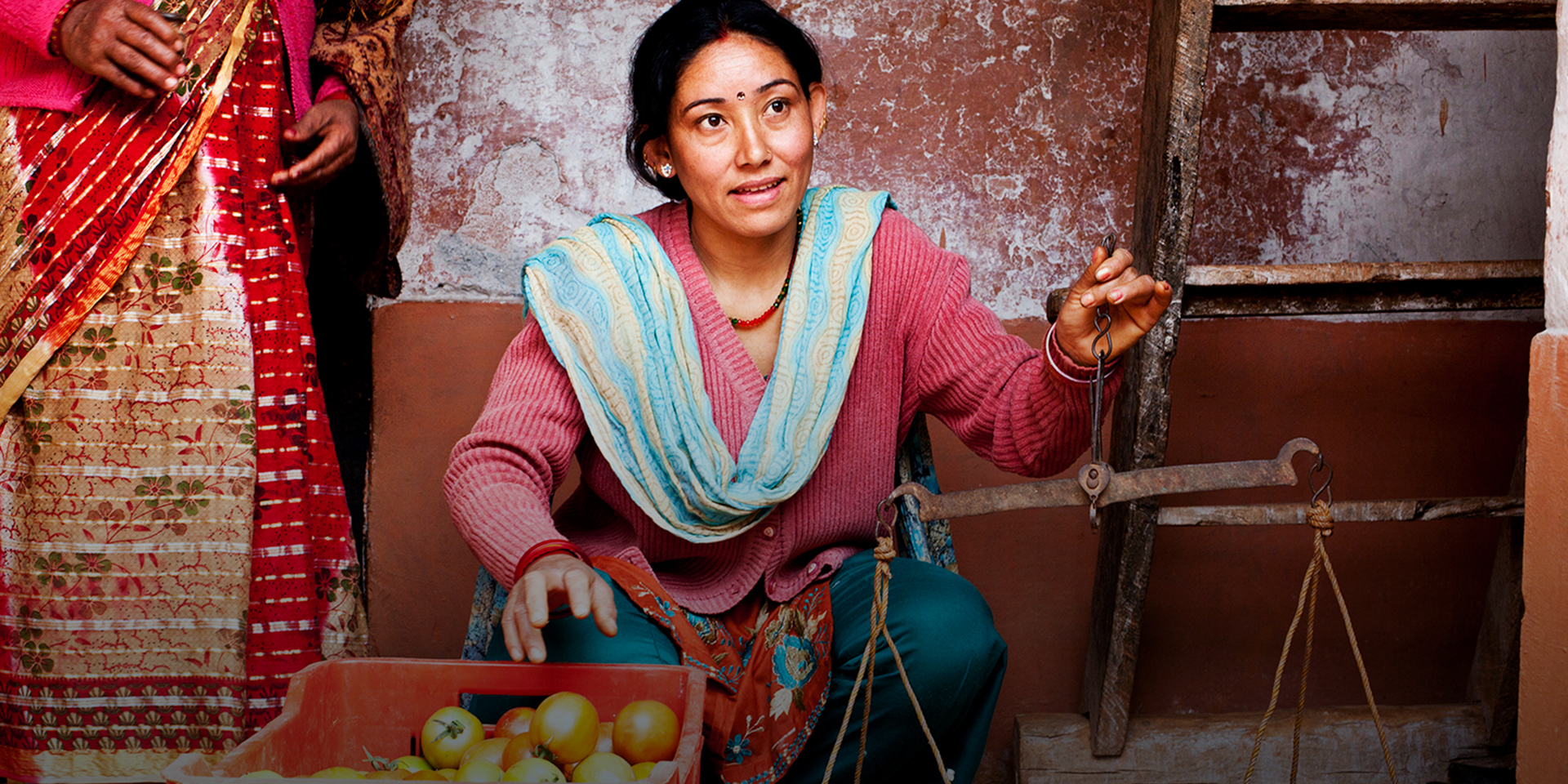
Research and Action to Promote Regional Trade in South Asia
August 16, 2016 | 3 Minute ReadChristy Sisko highlights key findings from research into current trade barriers in South Asia.
The United States’ economic future is inextricably linked to Asia. A full quarter of the goods and services exported by the United States are bound for Asia, and about 30 percent of our imports come from the region. In addition, exports to Asia support more than a million American jobs. As such, the United States is committed to strengthening its economic relationship with Asia and ensuring that the benefits are shared broadly. This shared prosperity is founded on sustainable, inclusive growth based on increased trade and investment across the region.
Complicating this goal, every country in South Asia operates under different trade regulations that are dictated by the central government, with little to no cross-border sharing of trade information. In India, laws and regulations impacting trade also vary from state to state. Additionally, border checkpoints and ports in each country have capacity constraints that limit the volume of trade. Central government and customs officials across the region desire fully operational trade and single-window platforms (platforms that enable international and cross-border traders to submit regulatory documents at a single location or entity), resembling Association of Southeast Asian Nations (ASEAN) practices.
The way forward starts with better understanding the problem. A report by USAID’s Asia and Middle East Economic Growth Best Practices Project (AMEG) project, produced under an activity funded by the U.S. Department of State, identifies key physical and non-tariff barriers that impede regional trade within South Asia, focusing primarily on India, Bangladesh, Sri Lanka, and Nepal.
Key Findings
- Infrastructural bottlenecks are preventing trade expansion between South and Southeast Asia. The most pressing bottlenecks include inadequacies in roads, railways, ports, and trade supporting facilities, particularly at border crossings. Land connection between the two regions is severely hampered by poor roads and rail across Burma. The key ports of India, Bangladesh, and Burma, in particular, need upgrades if trade volumes are to increase substantially. For example, equipping Dawei, Burma, with a connecting road and rail to Thailand could greatly reduce costs and time, encouraging trade.
- Customs compliance is hampered by low adherence to technical standards and the lack of a harmonized approach to using correct standards and conformity assessment procedures. A significant challenge is improving coordination among stakeholders, which include multiple ministries and agencies. The South Asian Association for Regional Cooperation (SAARC) has an Agreement on Mutual Administrative Assistance in Customs Matters, but there has been little cooperation on customs modernization.
- The lack of system integration within and across borders creates delays and opportunities for corruption. The experience of ASEAN in promoting a unified single window, on the other hand, shows the potential for South Asian countries to adopt platforms that are more efficient, transparent, and predictable. In addition, the World Trade Organization’s Trade Facilitation Agreement requires member countries to use e-solutions like national trade portals for sharing the rules and regulations of cross-border trade. Notably, India, Bangladesh, Nepal and Sri Lanka are individually adopting national trade portals and the single-window platform.
Research to Action
Equally as important as understanding the regional trade challenges in South Asia is implementing recommendations. In Sri Lanka this month, AMEG held a National Trade Portal and Single-Window Best Practices Forum with 55 trade-related officials and researchers from India, Bangladesh, Nepal, Bhutan, and Sri Lanka.
Speakers presented successful national trade portals, mapping the steps, progress to date, and impact such portals have had on trade. The forum included a variety of national trade portals and single-window development topics, including designing and establishing national trade portals, legal framework for national trade portals and single-window platforms, institutional coordination for effective platforms, and reconciling national and state-level trade policies.
Events where countries can come together, share experiences and best practices, and walk away with a greater understanding of how to improve cross-border trade will be critical for the continued advancement of international and regional trade in South Asia. We must stay committed to continuing these discussions and implementing recommendations moving forward.












